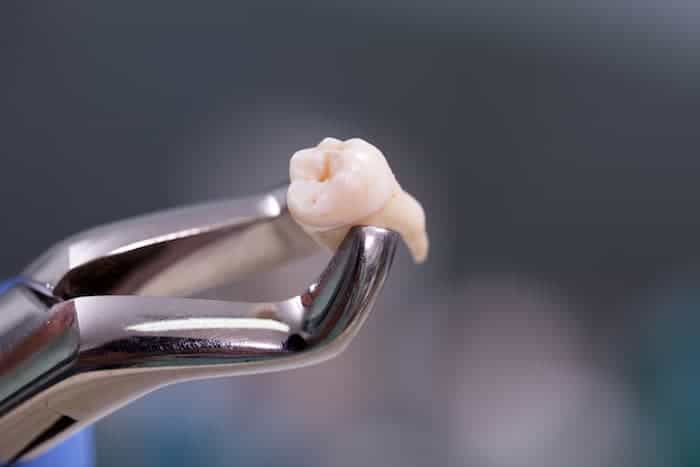No dentist or oral surgeon wants to have to remove a tooth, but there are some occasions where it is the best course of action for the health of the patient. If you haven’t had a tooth removed before – a procedure known as a dental extraction – you may understandably be feeling a little anxious about the procedure. Rest assured that countless extractions are carried out across the country every day, and it is usually a fairly straightforward procedure. Better still, modern anesthetic and the availability of sedation means that it is far less worrisome than most patients expect. To help you feel prepared, here’s what you need to know about why you might need an extraction and what to expect during your tooth extraction procedure.
There are a variety of reasons why your dentist or oral surgeon may recommend that you have a tooth removed. However, it is always a last resort and only ever considered when there is no viable alternative treatment and it is the best way to protect your other teeth and your overall oral health. Some of the reasons why you may be given an extraction include:
Dental extractions are usually performed using a local anesthetic, and you may be offered sedation if you are particularly anxious or nervous about the procedure. In rare cases, a patient having a surgical extraction may need a general anesthetic which means that you are fully asleep. What will happen next will depend on whether you are having a simple or surgical extraction.
In a simple extraction, your dentist or oral surgeon will use a device known as an elevator that is placed between the tooth and gums and uses a gentle rocking force to create space. Once there is enough room around the tooth, a pair of small, dental forceps will be used to pull out the tooth whole, including the roots. This part of the process can be done in a matter of a few seconds, and it often takes longer for the anesthetic to take effect than it does to remove the tooth.
In a surgical dental extraction, your dentist or oral surgeon will make a small incision into the gum in order to access the affected tooth. This helps to release it from the gum tissue and enables forceps to be placed around the tooth to remove in. In some cases, if a tooth doesn’t come out whole, it may be necessary to remove it in several parts. This is called sectioning. Finally, if you have an impacted tooth, it may be necessary for your oral surgeon to perform an osteotomy. This is where a little of the bone tissue is removed in order to allow your surgeon to access the tooth and remove it.
Following your extraction, you should expect some bleeding, and this is totally normal. A blood clot will develop over the wound site and this will stop the bleeding and seal the hole. You need this clot to stay in place and you will be given specific instructions on how to make sure that it remains intact for at least 48 hours following your procedure. You will also be given advice on how to care for your mouth while it heals, and in the case of a surgical extraction, how to keep any sutures intact.
If you have any further questions about what to expect from a tooth extraction, Dr. Ruvinsky and our knowledgeable team would be delighted to help. Please contact our office at (718) 557-9478.


© 2021 New York Institute of Oral and Maxillofacial Surgery - HIPAA Notice / Privacy Policy - Terms - Accessibility Statement